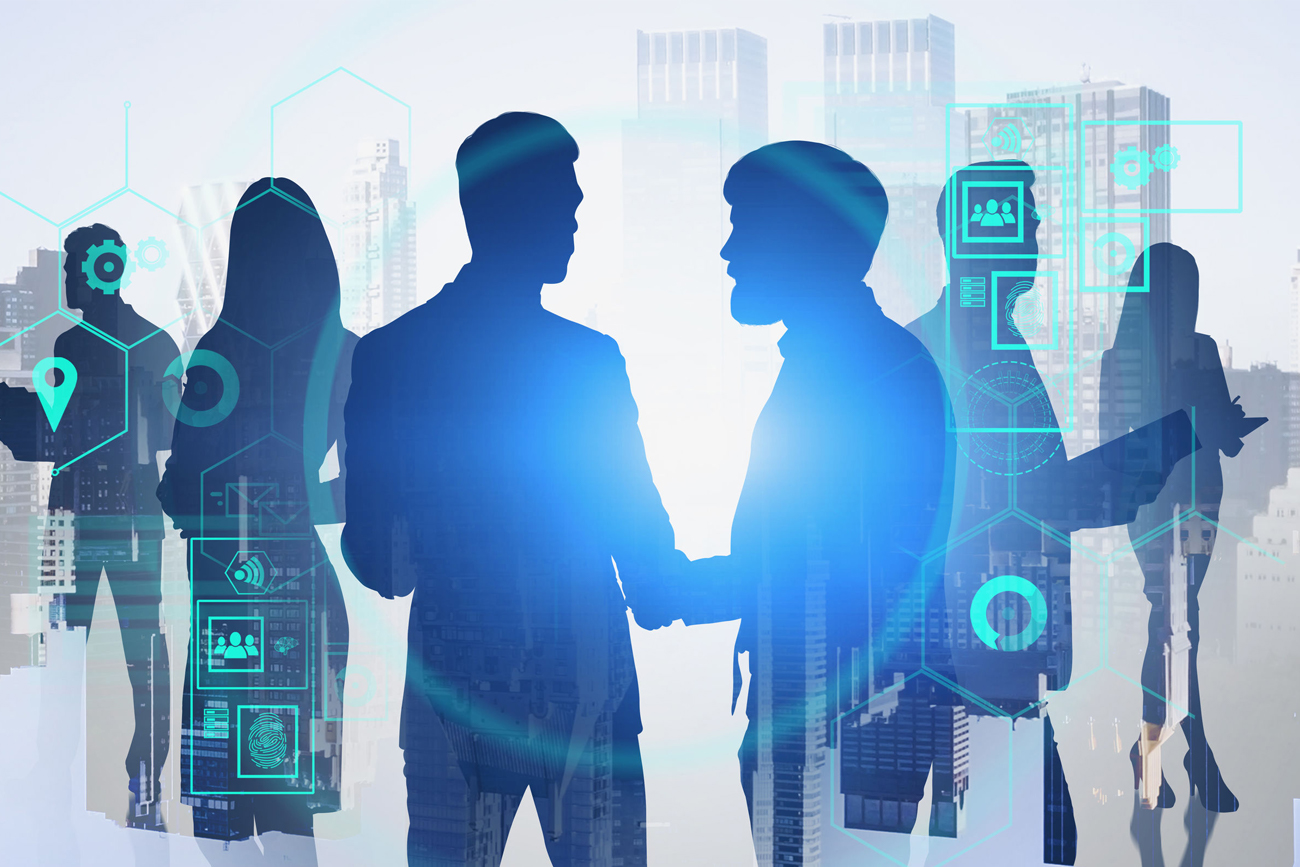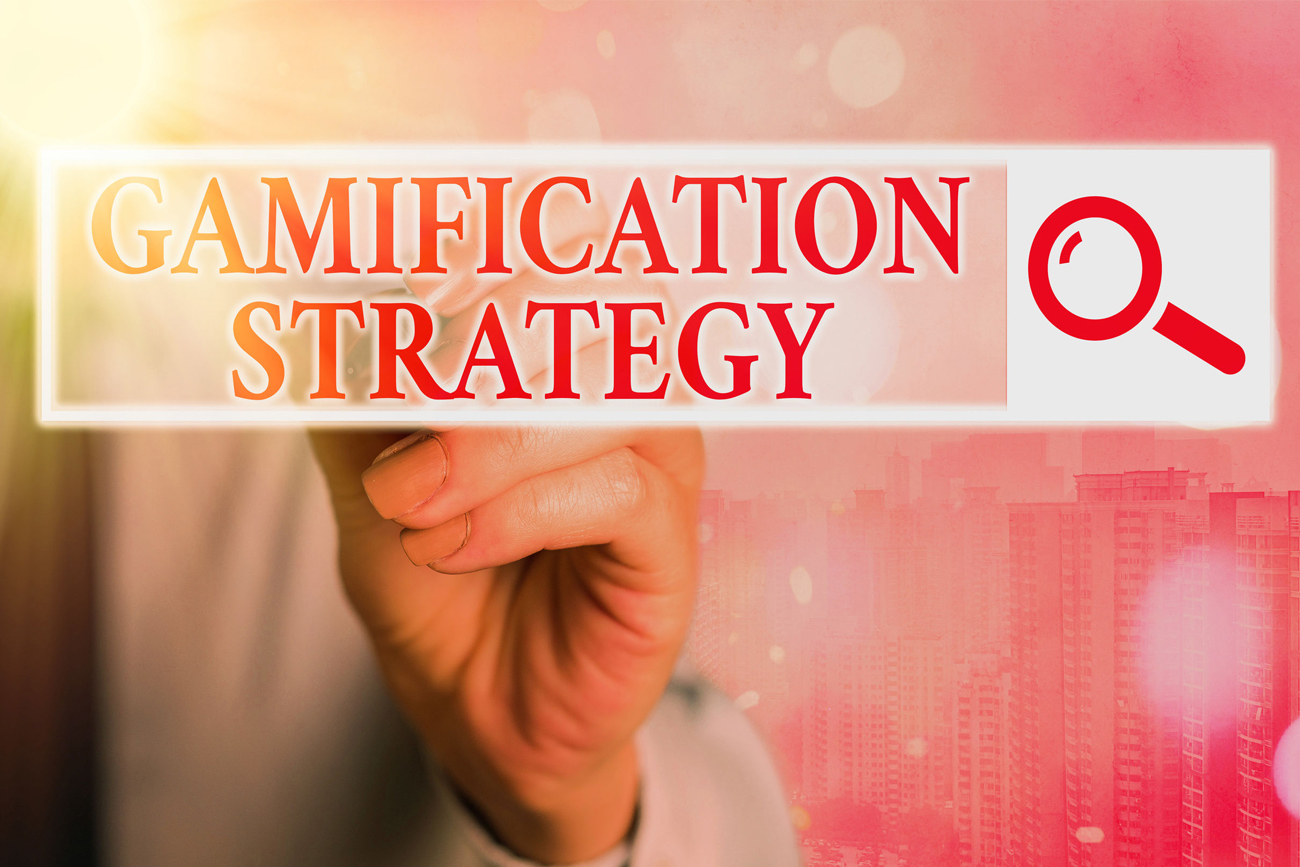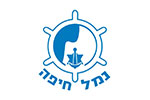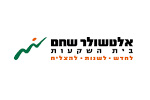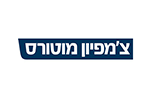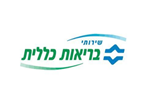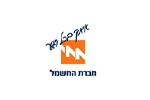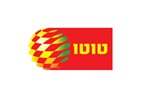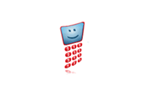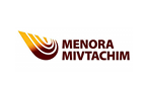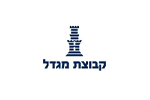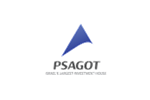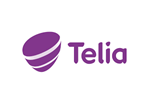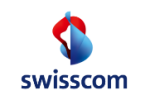A new phenomenon is sweeping the business world by storm, making the workplace more fun, exciting and productive for employees and employers alike. Gamification (combination of game and application) is the use of game-thinking and mechanics in a non-game context. Gamification encourages employees to interact with their peers while incorporating competitiveness and fun into the working environment. How wide spread is the use of gamification? It is estimated that by 2014, 70% of global organizations will be using at least one gamified application. A recent article, pointed out five specific elements in which gamification contributes to the success of a business.
Gamification can be used for employee evaluation. It allows employees to be evaluated effectively by offering them real time feedback. Gamification which is based on immediate cause and effect, reinforce or correct the employee for is actions on the spot.
Gamification is effective in improving knowledge. As most people played games growing up, their brains have created certain mechanisms which are adapted for game playing. These techniques can be used effectively in employee training and aid knowledge retention.
The work environment is competitive by nature. Gamification allows employees to channel the competitiveness towards improving their work performance, and allow the employer to acknowledge their accomplishments publicly. Gamification is a tool organization can use to combine work with fun and, create a better work environment, which in turn lead to improved performance and greater revenues. In that regard, gamification also leads to greater engagement of the employees in their work.
Gamification also reinforces learning and innovation. One of the greatest successes of gamification took place in the University of Washington in 2011. Scientists have been searching for an accurate model of a retro-virus enzyme of an HIV like virus. In 2011, the scientists, challenged gamers playing a game called FOLDIT (an online game that allows players to collaborate and compete in predicting the structure of protein molecules) to find the solution. 40,000 gamers responded to the challenge, and within 10 days, the gamers discovered the molecular structure of a protein that may lead to a cure for HIV.
Gamification makes work more enjoyable to the employees and more efficient, innovative and profitable for the employers. It allows the employees to use their game playing skills in order to monitor and evaluate their work, enhance a healthy competitiveness in the workplace, collaborate with their peers and be more innovative. Gamification increases employees’ happiness and the business’ productivity. its good for your incentive compensation management












